Ideally, a constitution-making body (CMB) will have explicit rules of procedure in place to regulate its activities. Rules of procedure (sometimes called ‘by-laws’) are mechanisms which help to initiate, facilitate, and manage the constitution-making process and can help a CMB to organize itself and achieve its tasks. The rules of procedure can have a significant effect on the outcome of the process and thus due care and time must be taken in their formulation.
Primer
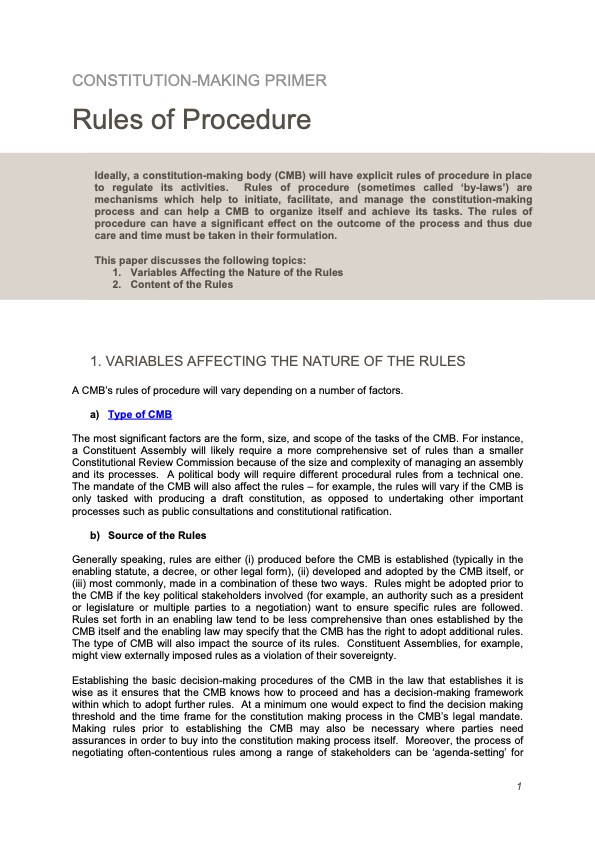
Sample Materials: Constituent Assemblies and National Conferences/conventions

The first document is the unofficial English translation by the International Institute for Democracy and Electoral Assistance (IDEA) of the Rules of Procedure for the Tunisian National Constituent Assembly, adopted in December 2011. The second document is the unofficial French translation by Democracy Reporting International (DRI) &amp Electoral Reform International Service (ERIS) of the Rules of Procedure for the Tunisian National Constituent Assembly, adopted in December 2011. The rules address: the inaugural sitting of the Assembly, Parliamentary groups, the organs of the Assembly, the preparation of the draft constitution, the consideration of draft laws, the scrutiny of government, membership in the Assembly, immunity, representation in national and international organizations and international relations, the administrative and budgetary autonomy of the Assembly, and the amendment procedures for the Rules of Procedure.
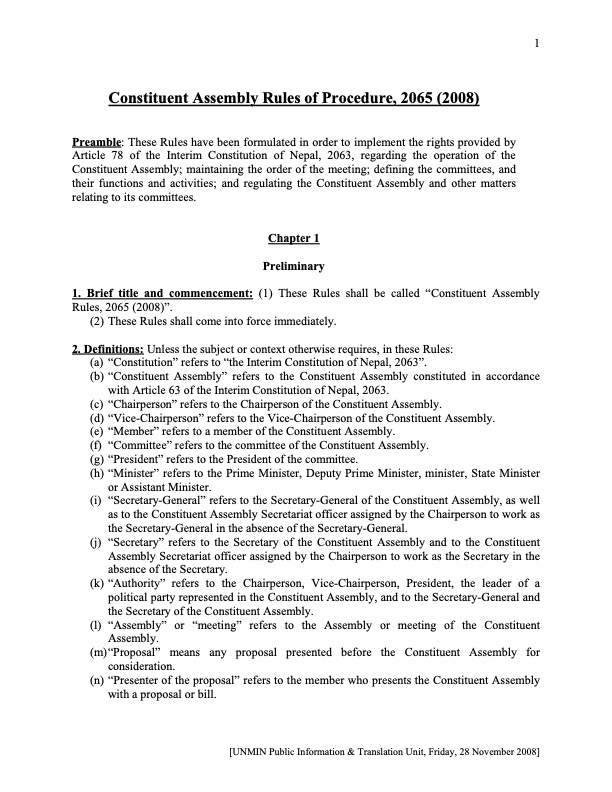
These are the rules of procedure for the Nepal Constituent Assembly (2008).
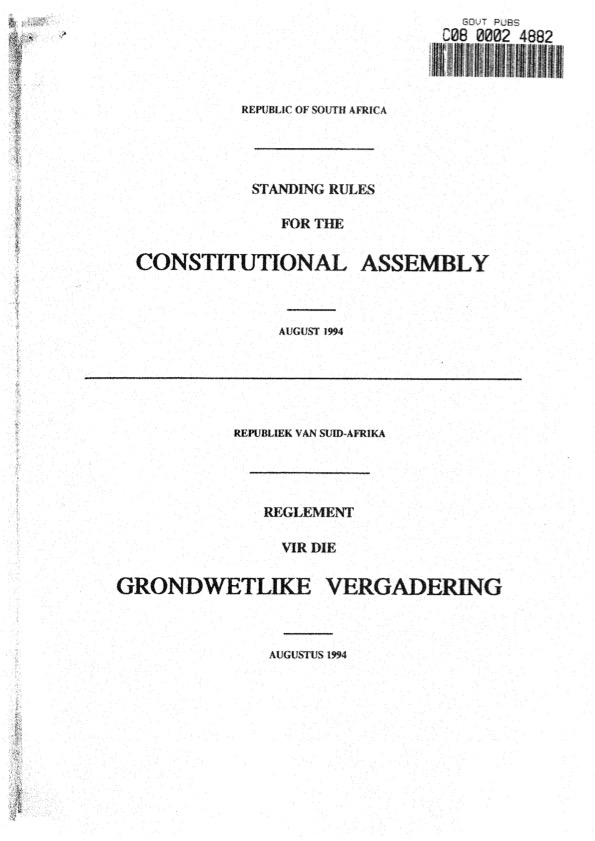
These are the rules for the South African Constitutional Assembly which took place between 1994-1996 and which produced the current constitution. This includes the rules of procedure, mandate and voting rules.&nbsp
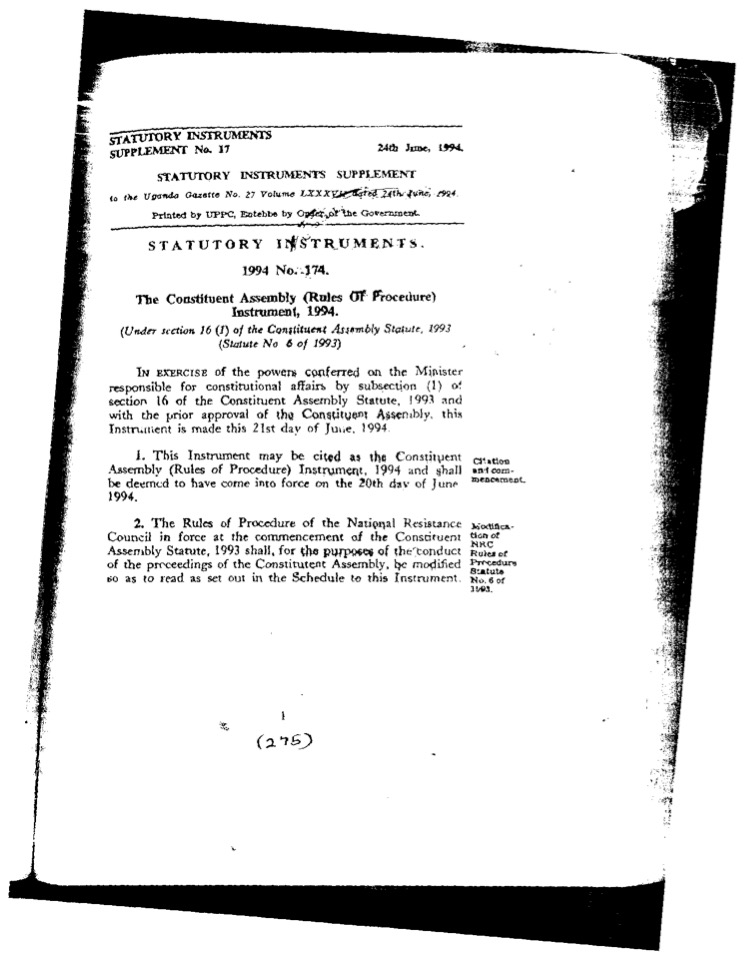
This document is the rules of procedure for Uganda's Constitutent Assembly.
Sample Materials: Commissions
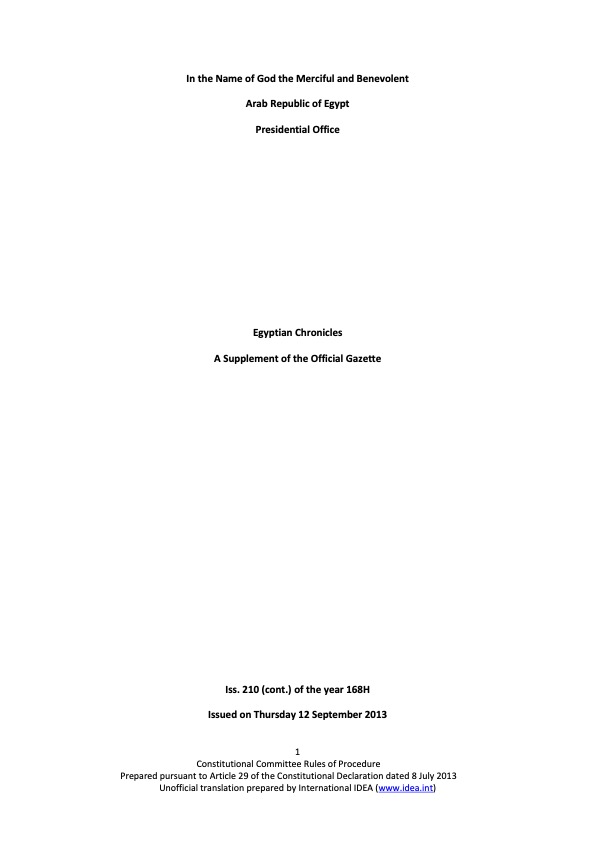
This is the decree of Egypt's 50-member constitutional committee's President, entering into force the rules of procedure for the committee's final drafting of the constitutional amendments in Egypt following the removal of Mohamed Morsi as President in July 2013. Included in the document are the Rules of Procedure, prepared pursuant to Article 29 of the Constitutional Declaration of July 8, 2013. The english translation is provided by International IDEA.
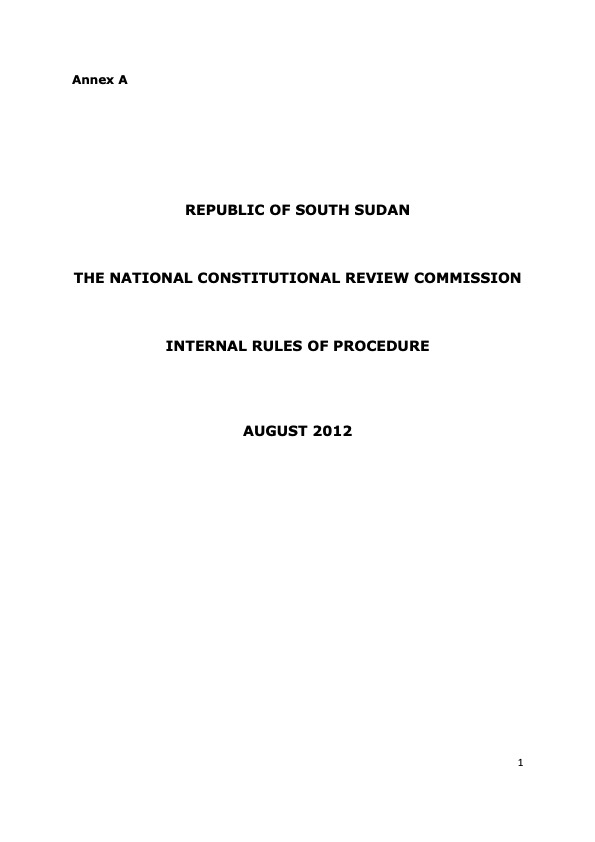
This document is the internal rules of procedure for South Sudan's National Constitutional Review Commission.
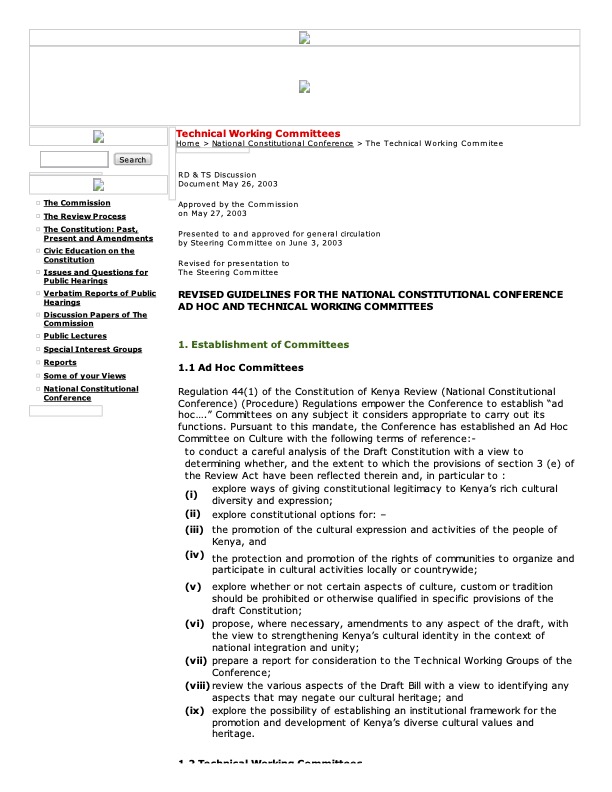
These are guidelines relating to the membership, mandate and rules of procedure for both the ad hoc and technical working committees of the 2003 National Constitutional Conference.
Further Reading
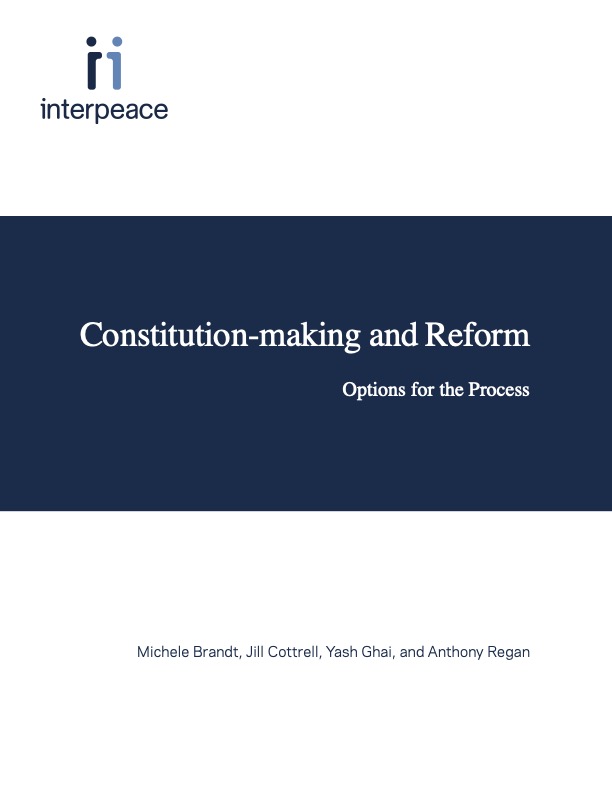
This is a comprehensive guide to constitution-making and reform. The book identifies the tasks that need to be carried out, the procedures that can be used, and who can do them. It is intended for a wide audience and to be a guide for anyone who is engaged in a constitution-making process, or who is interested in improving constitution-making practice. It includes a discussion on the following topics: Emerging guiding principles, Impacts of Adherence to Guiding Principles, The Role of a Constitution Issues of Process Key Components and Issues of the Constitution-Making Process Tasks and Responsibilities in Constitution-Making Assessing the Impact of Constitution-Making Who Does What in the Process Starting the Process Public Participation Administering and Managing the Process and its Resources The Agenda of Constitutional Issues and Generating Ideas on the Issues Debating and Deciding the Issues The Constitutional Text: Coherence and Drafting Adopting and Implementing the Constitution Institutions with Multiple Roles Institutions that Develop Proposals about which Final Decisions are Made Elsewhere Administrative Management Bodies Specialist or Technical Input Institutions Referendums and Plebiscites Civil society and the media and Guidance for the International Community.
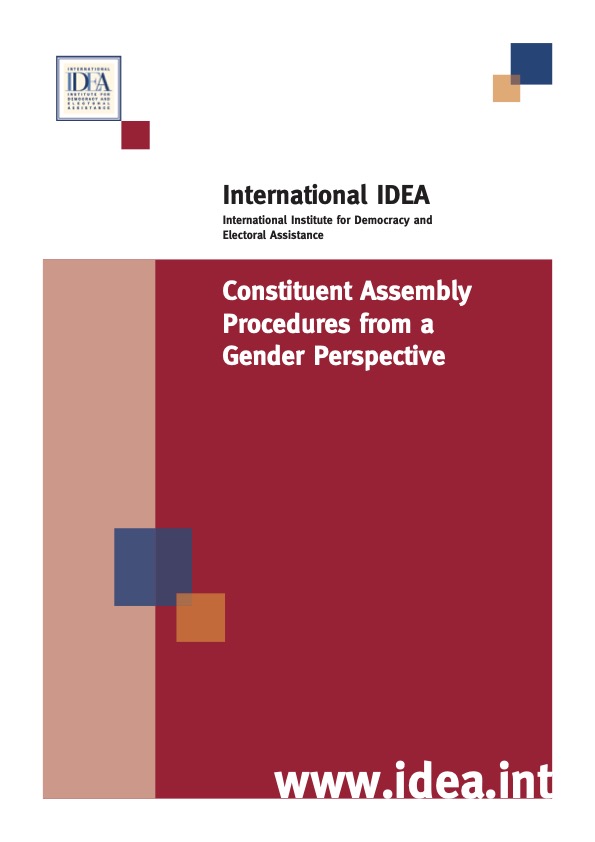
This paper, part of IDEA's Women and Constitution Building Initiative in Nepal, raised issues about how Nepal's Constituent Assembly would work, and how its procedures would impact both on the way women members played a part in its work, and how women's issues would be dealt with in the new Constitution.
